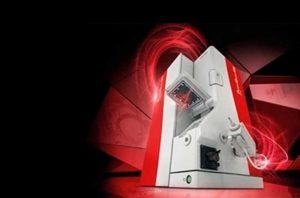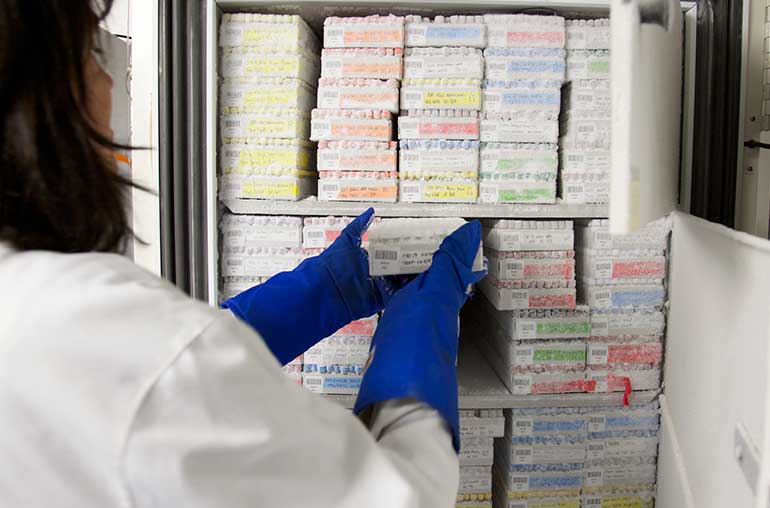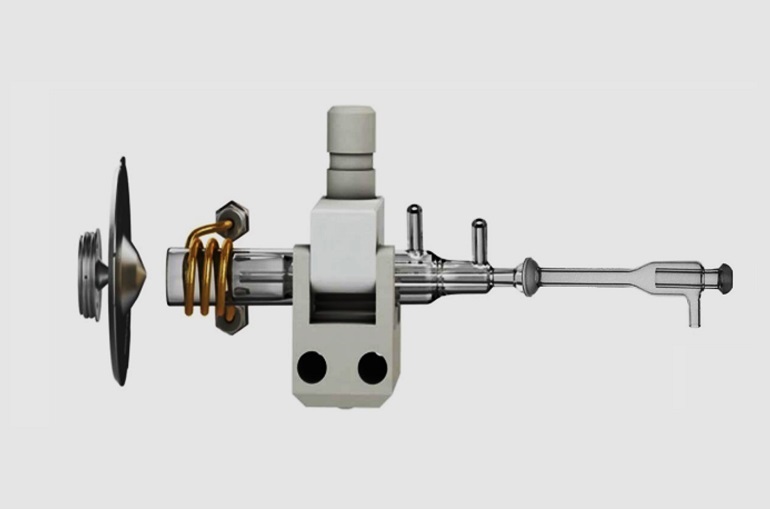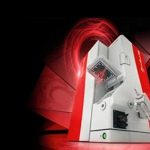The spatial resolved analysis of trace elements offers a deeper understanding of solid samples and thus of processes that lead to formation or transformation of e.g. geological samples. Since small spot sizes improve the resolution a high sensitive detection is key for this kind of applications. With its industry-leading sensitivity the PlasmaQuant® MS Elite allows the use of smaller spot-sizes to improve the resolution and precision.
The J200 Tandem LA – LIBS instrument from Applied Spectra, Inc. provides the unique capability of combining the analytical benefits of both LA-ICP-MS (Laser Ablation-Inductively Coupled Plasma-Mass Spectrometry) and LIBS (Laser Induced Breakdown Spectroscopy).
LIBS can be used for the analysis of H – Pu, which includes non-metals such as H, N, O, and halogens that are difficult or imposible to analyze by a conventional ICP-MS instrument.
When coupled with an ICP-MS instrument, it can perform LA-ICP-MS measurements focusing on trace elemental and sotopic ratio compositions.
This tandem instrument, in combination with an Analytik Jena PlasmaQuant® MS Elite ICP-MS, expands the dynamic range of analysis from sub-ppb levels with LA-ICP-MS, to % levels with LIBS, while also increasing the elemental coverage to typical ICP-MS elements and lighter, organic, and halogen elements such as H, Ar, He, O, and F detection with LIBS.
To understand the capabilities of the J200 Tandem LA – LIBS instrument in combination with the PlasmaQuant® MS Elite ICP-MS, a rare earth element, (REE),-rich mineral was analyzed and the elemental composition over a 16 mm2 area was mapped using contour plots. The REE-rich sample contains bastnäsite ((Ce, La)CO3F) and barite (BaSO4), which have very distinct regions as seen in Fig. A
LIBS was demonstrated as a means for detecting fluorine and oxygen in REE-rich mineral samples. These are analytes that are difficult or impossible to detect through other atomic spectroscopy techniques. Interfacing the J200 tandem instrument with the PlasmaQuant® MS Elite ICP-MS enabled more complete elemental mapping of the investigated mineral. Elemental mapping of the sample using the data analysis software from Applied Spectra allowed for easy integration of the LIBS and LA data to créate contour plots as shown in the aforementioned sections. The high sensitivity of the PlasmaQuant® MS Elite ICP-MS was ideal for trace level elemental and isotopic mapping analysis, since LA-ICP-MS often involves very small quantity of sampled mass, especially when high spatial resolution is desired.

 fig.a fig.b
fig.a fig.b
a) Fluorine and b) oxygen LIBS intensity maps. The data is a result of 50 laser pulses per location, 85 μm spot size, and 400 locations
over a 4 mm x 4 mm area.








